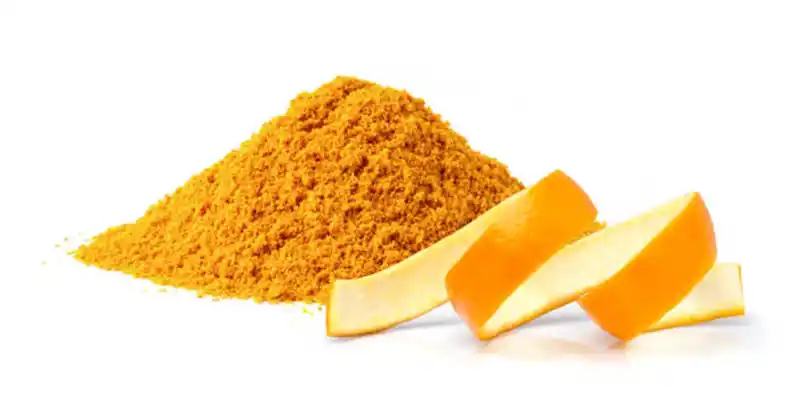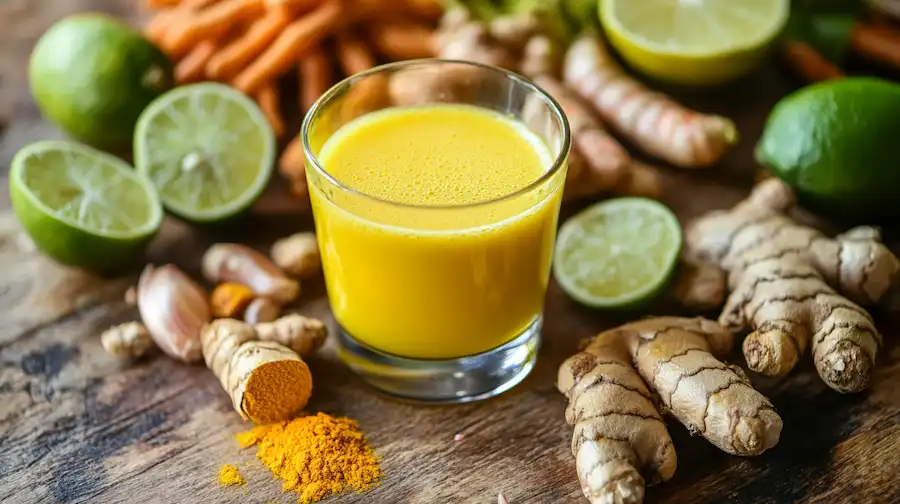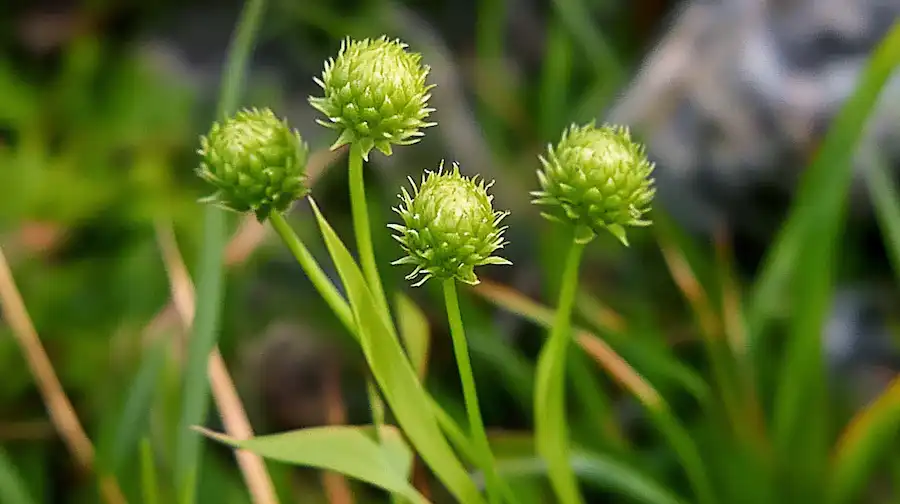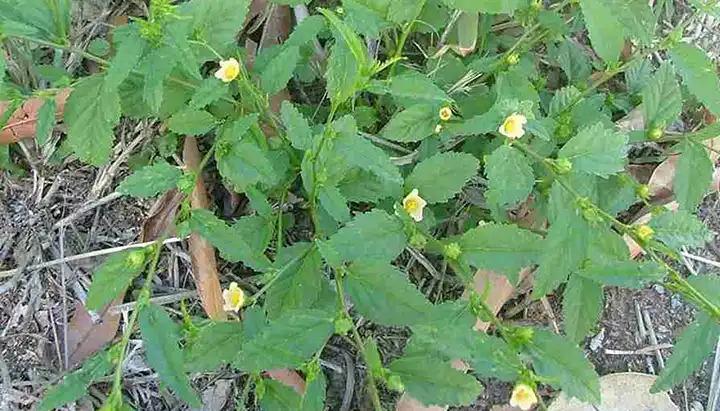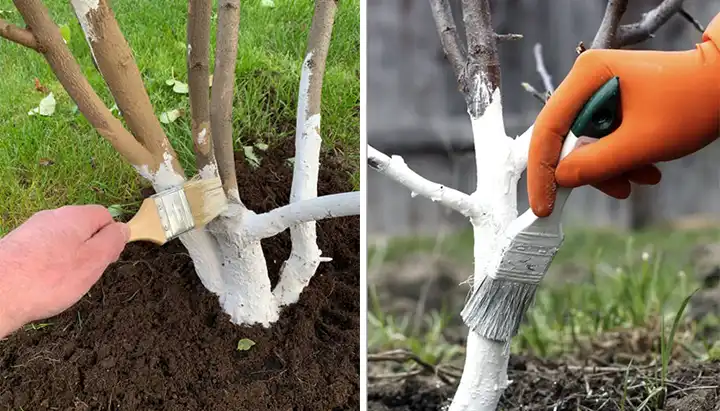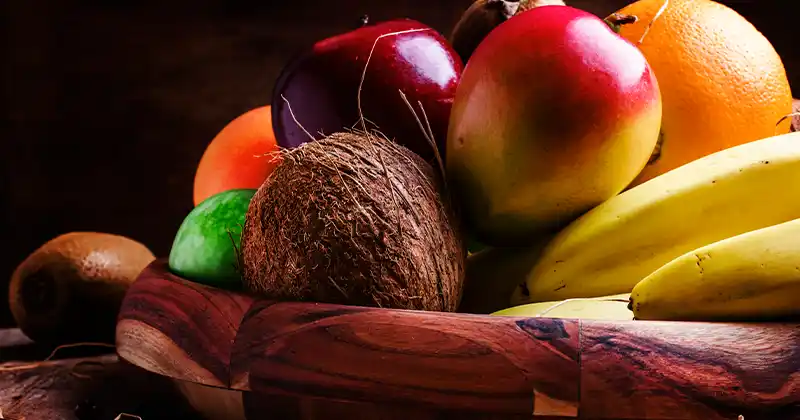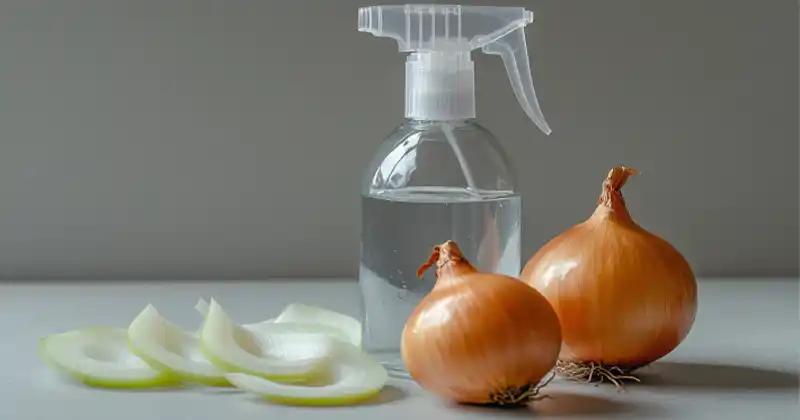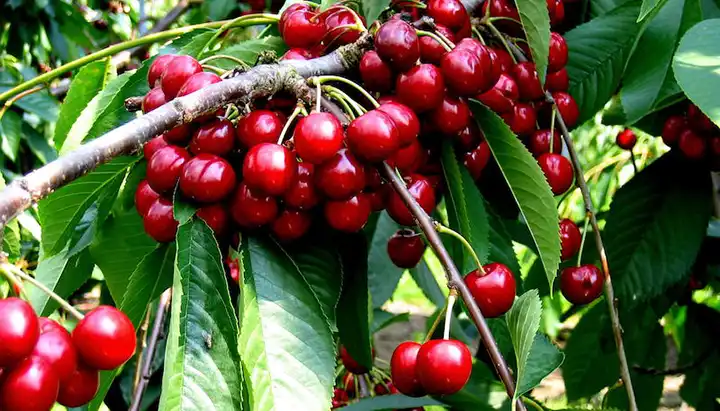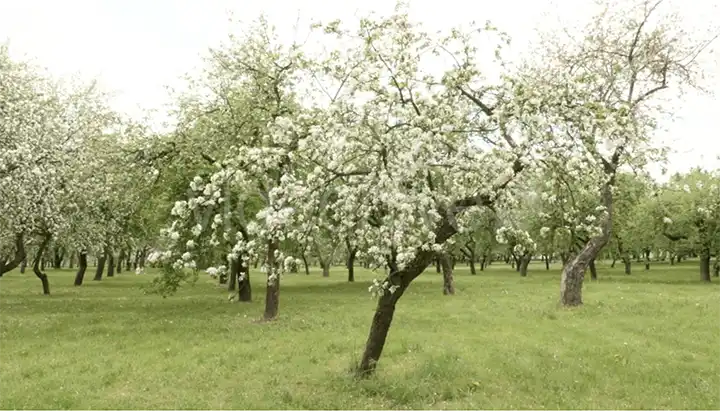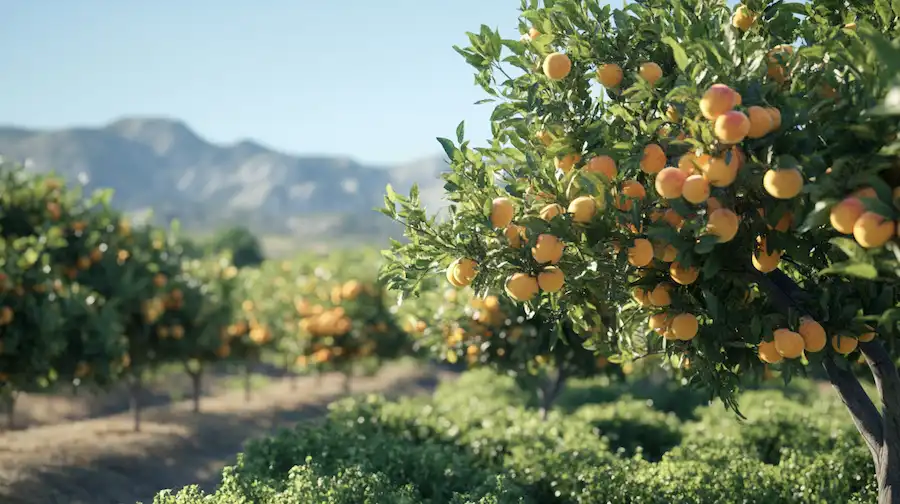How to Grow Brussels Sprouts at Home
Growing Brussels sprouts at home can be a rewarding gardening project, especially as they thrive in cooler weather and can be grown for a fall or winter harvest. Here’s a comprehensive guide to cultivating Brussels sprouts in your garden:
Planning and Planting
- Optimal Timing: Plant Brussels sprouts with a fall or winter harvest in mind. Sow seeds about 4 months before your first fall frost date. In cold winter regions, start seeds in early to mid-summer, while in milder winters, start in mid- to late summer.
- Seed Sowing: Sow seeds ½ inch deep. If direct sowing outdoors, space them 2 to 3 inches apart, later thinning to 12 to 24 inches. For indoor sowing, use a sterile, soilless seedling mix and avoid bottom heat. Seeds should germinate in about two weeks.
- Light Requirements: Ensure at least 6 hours of sunlight daily, more is beneficial.

Soil and Watering
- Soil Preparation: Use well-drained, moisture-retentive, fertile soil with a pH of 6 to 7. Improve soil with well-rotted manure or compost.
- Watering: Water thoroughly once a week. Consistent moisture is key, especially during hot weather, for well-formed, sweet sprouts.
Fertilizing and Maintenance
- Fertilization: Apply a nitrogen-rich fertilizer after thinning and repeat every 3 to 4 weeks. However, avoid too much nitrogen as it can lead to leafy growth with fewer sprouts.
- Thinning and Spacing: Thin plants to 12 to 24 inches apart when they reach 6 inches tall. Consider staking or mounding dirt around stems for support as the plants can become top-heavy.
- Mulching: Mulch to retain soil moisture and hand pull any weeds to avoid damaging shallow roots.
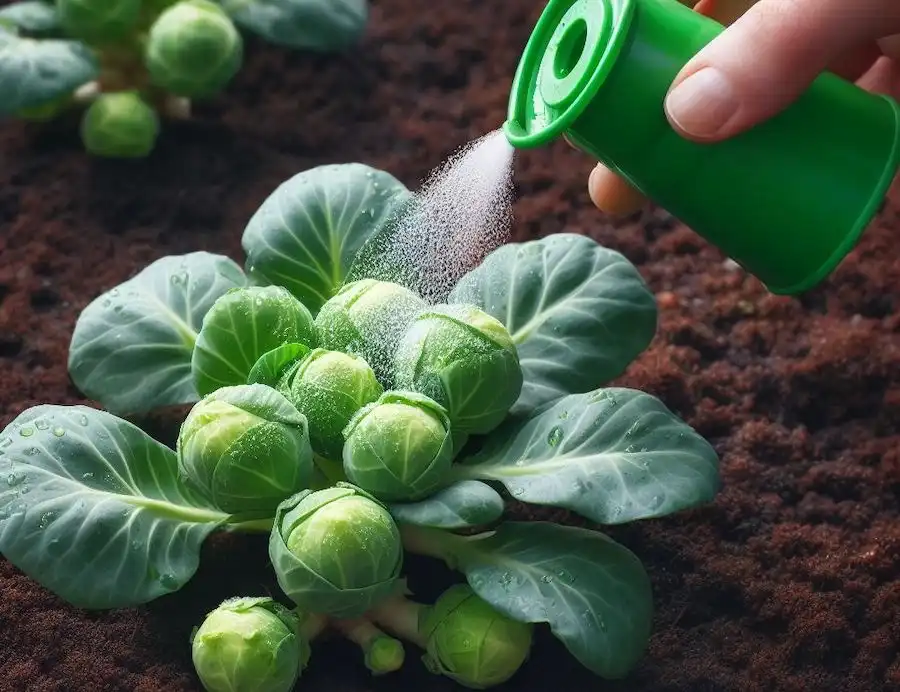
Pest and Disease Management
- Common Pests: Look out for aphids, cabbage loopers, cabbage root maggots, cabbageworms, flea beetles, stinkbugs, and more. Use companion planting, insecticidal soaps, and row covers as preventive measures.
- Disease Control: Prevent diseases like black rot, clubroot, downy mildew, and white mold by rotating crops, ensuring good air circulation, and avoiding overhead watering.
Harvesting
- When to Harvest: Harvest Brussels sprouts after the first or second frost, starting from the bottom up. Only take sprouts that are big enough.
- Post-Harvest Care: Remove yellowing leaves at the bottom of the plant to allow more sunlight on the stalk and focus energy on healthy growth. Cut off the top leaves 3 to 4 weeks before harvest to speed up sprout maturation.
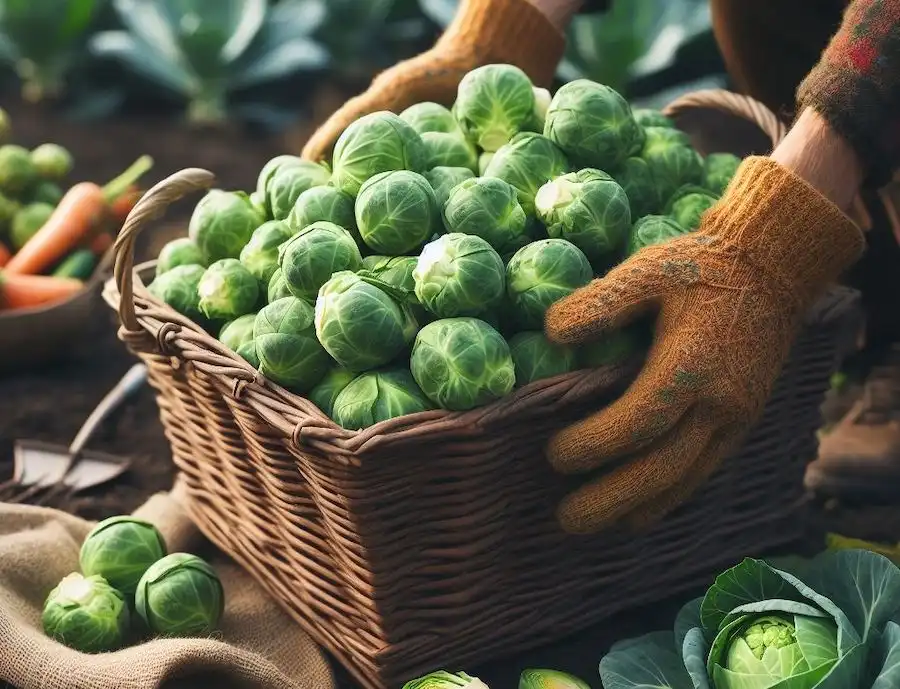
With these tips and consistent care, you can successfully grow and enjoy Brussels sprouts from your garden. Remember that timing, consistent watering, and pest management are key to a bountiful harvest.
Inspired by this? Share the article with your friends!